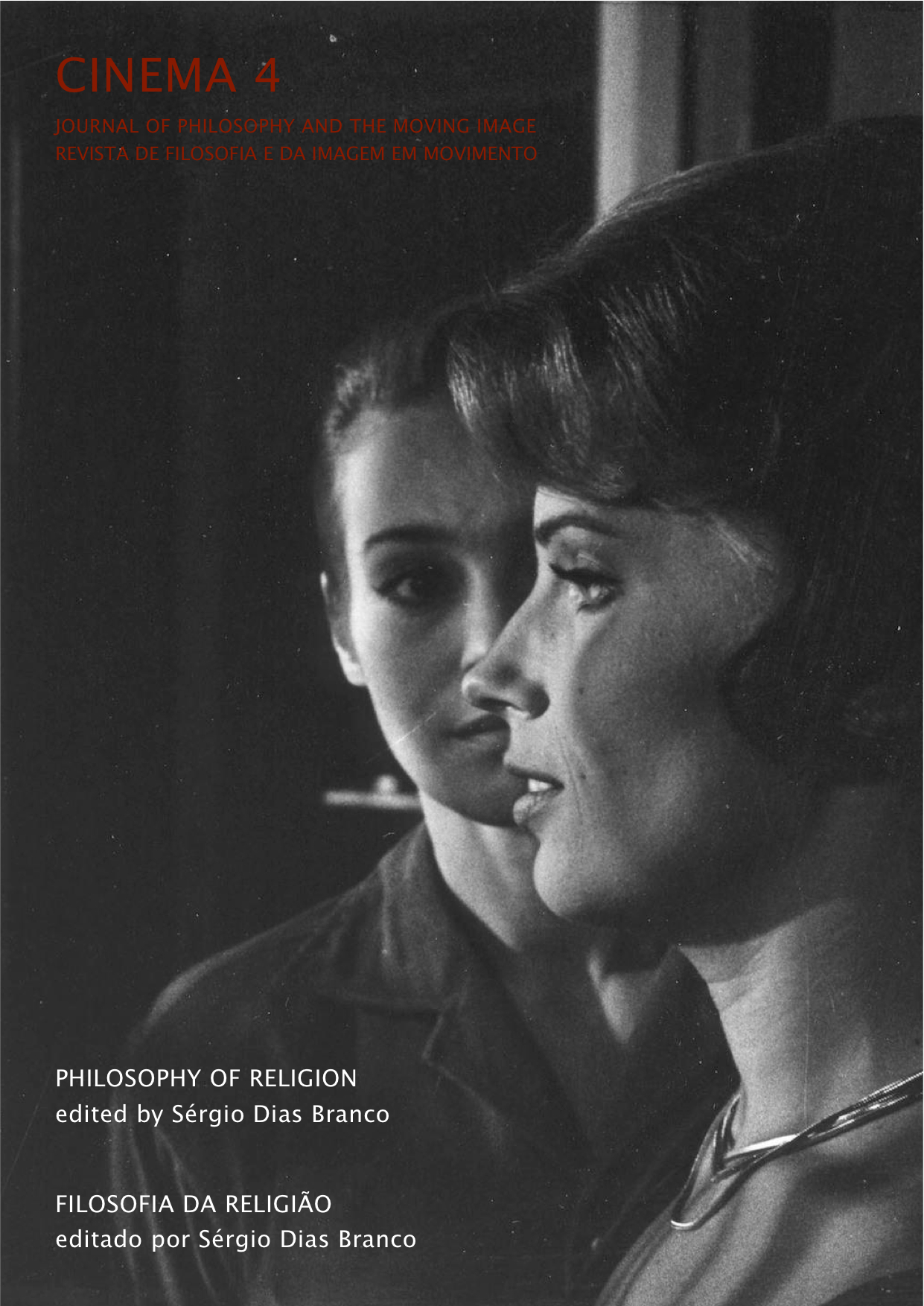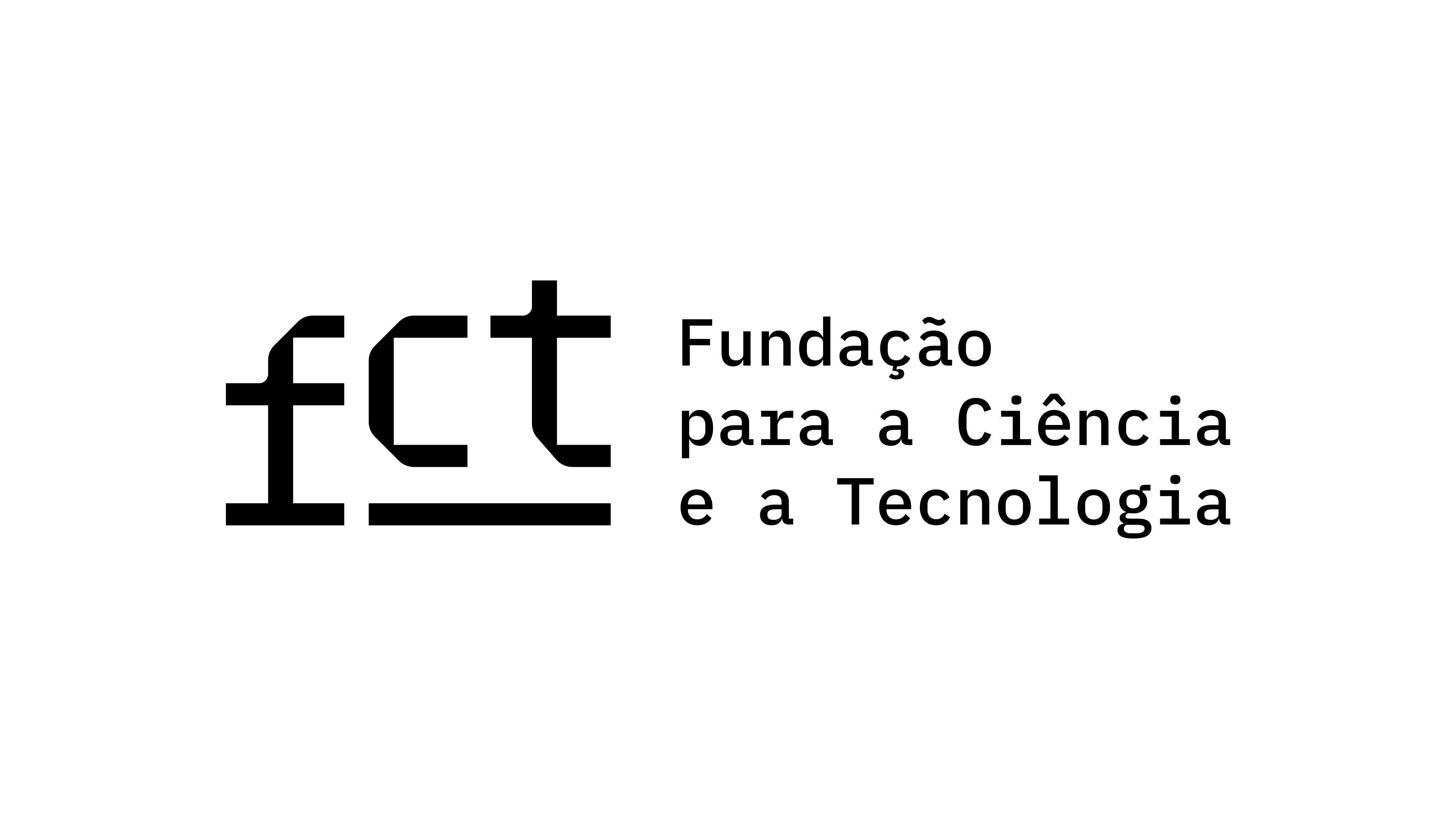The Tao of BwO: Deleuzian Becomings in Kung Fu Cinema
Keywords:
Deleuze and Guattari, kung fu cinema, TaoismAbstract
This paper attempts to explore kung fu not just as a fighting technique but as a mode of perception and thought, an image of film and mind. Through kung fu cinema I ask to underline a relationship between the philosophy of Gilles Deleuze and Félix Guattari and Taoism, established by a link between the concept of the Body without Organs (BwO), which Deleuze and Guattari describe as the zero degree of intensity, and Tao’s concept of emptiness.
Deleuze and Guattari described the BwO as unformed matter, a bodily plane which renders the organs formless. “The organs distribute themselves on the BwO, but they distribute themselves independently of the form of the organism; forms become contingent, organs are no longer anything more than intensities that are produced, flows, thresholds, and gradients.” Taoism, I argue, forms its own kind of BwO. Tao translates as “the way,” that is, a plane of movement, which is defined by Lao Tzu as “the shape that has no shape, the image that is without substance.” The Tao is conceptualized as emptiness that is the generative ontological process through which all things arise and pass away. Once we inhabit the sourceless source of Tao, we are no longer bound to a concrete form (“man,” “woman” or even “human”) but become what Deleuze and Guattari call “haecceity,” subjectless intensities that spin out of the BwO without ever actualizing an organism.
In order to inhabit the BwO, Kung fu masters often pass through a stage of what appears as masochism. The second part of this paper deals with this apparent masochistic tendency and its justifications from a Deleuzian/Taoist perspective. The concept of BwO is by definition a process of becoming. Deleuze and Guattari describe many becomings, all connected to each other: “On the near side, we encounter becomings-woman, becomings-child [...]. On the far side, we find becoming-elementary, -cellular, -molecular, and even becoming- imperceptible.” The third part of this paper examines the recurrent theme of becoming- animal in kung fu cinema, while the fourth and last part deals with the notion of perceiving the imperceptible in contemporary virtual kung fu cinema.





